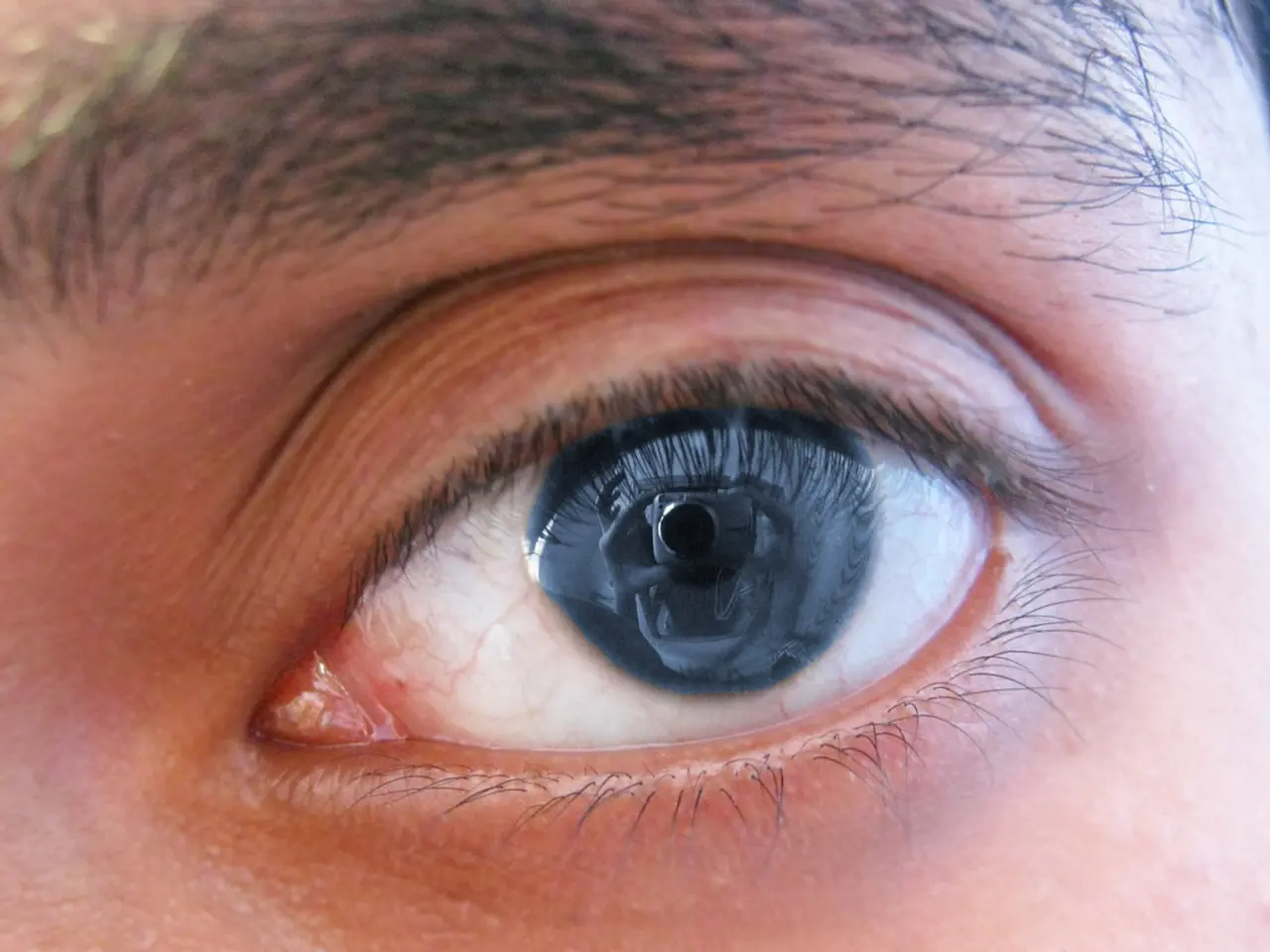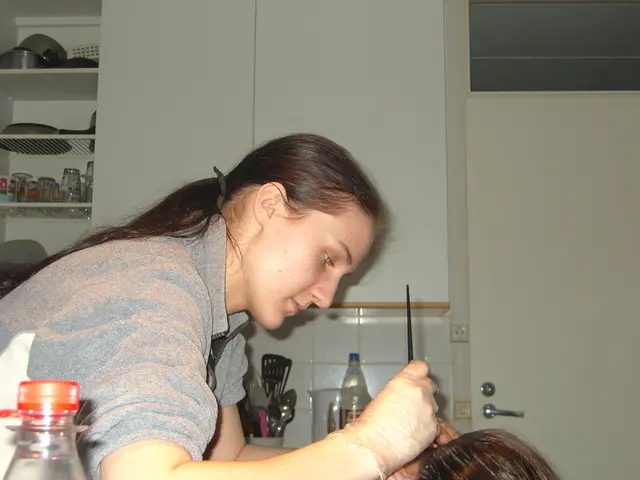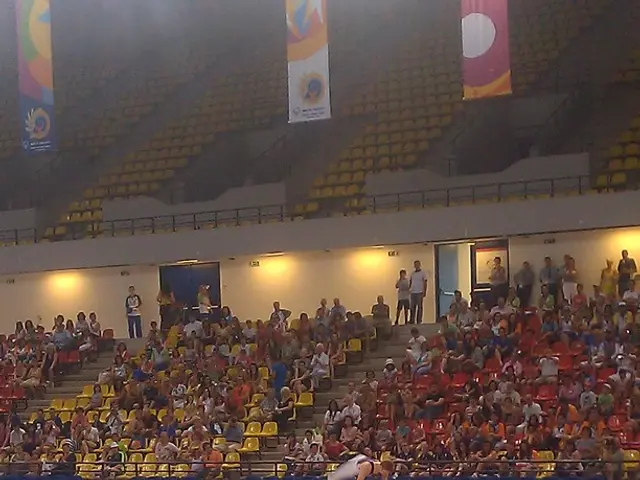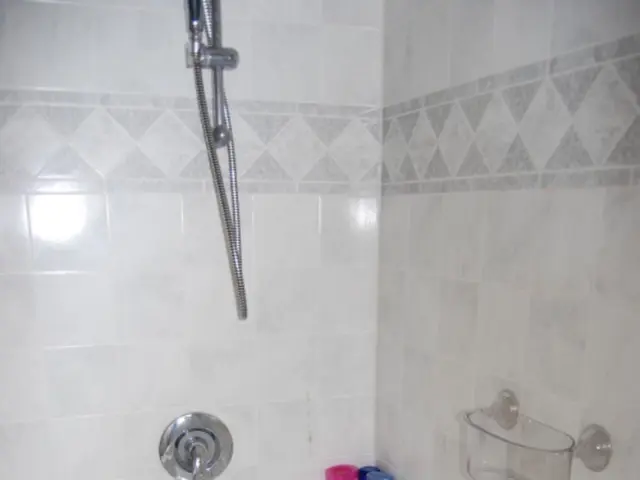Stealthy Vision Robber: Glaucoma
In Ghana, approximately 19.4% of the blind population, amounting to 45,105 people, have lost their sight due to glaucoma [1]. This optic nerve disease, which has the highest prevalence, especially among black people, is an insidious condition due to its asymptomatic nature [1]. Early diagnosis is crucial for blindness prevention, as regular eye check-ups (at least once a year) are essential in mitigating glaucoma and its burden [1].
Current treatment options for glaucoma focus mainly on lowering intraocular pressure (IOP), the only modifiable risk factor known to slow disease progression [1]. The most commonly prescribed medications are prostaglandin analogues, such as latanoprost, which lower IOP by increasing uveoscleral outflow [1]. Newer fixed-dose combination therapies are in development, such as the preservative-free combination of QLS-111 and latanoprost. QLS-111 targets episcleral venous pressure (EVP), a component of IOP not addressed by current treatments, potentially providing enhanced IOP control [1].
Laser treatments, such as selective laser trabeculoplasty (SLT) and the Elios femtosecond laser trabeculotomy, have shown promising results in lowering IOP with good safety profiles [2][3]. Studies indicate these laser treatments can reduce IOP significantly and decrease the need for medications, with sustained effects observed up to eight years post-treatment [2][3].
Traditional surgeries or minimally invasive glaucoma surgeries (MIGS) are often considered when medications and laser therapies are insufficient [2]. Sustained drug delivery implants, like intracameral implants such as iDose TR, are being explored to improve compliance and provide long-term IOP control [2].
Looking ahead, potential future treatments hold great promise. Novel pharmacological approaches, like QLS-111 targeting EVP, represent a first-in-class therapy aiming to reduce IOP by a novel mechanism [4]. Gene therapy is an exciting frontier, with the potential to provide long-lasting or even permanent treatment effects [4]. Strategies include gene replacement therapy to correct defective genes, gene editing to directly fix mutations, and gene expression modulation to boost neuroprotective factors [4]. Preclinical studies have demonstrated promising neuroprotection and IOP-lowering effects, suggesting gene therapy could eventually shift glaucoma treatment from symptom management to disease modification [4].
Future management might integrate various modalities, such as laser treatments combined with sustained drug delivery, or gene therapy adjunctive to current pharmacological approaches, to optimize outcomes and reduce the treatment burden on patients [5].
In summary, advances in glaucoma treatment are focusing on better IOP control, neuroprotection, and improved patient adherence, aiming to prevent glaucoma progression and vision loss more effectively than current standard care [1][2][3][5]. As the burden of glaucoma can lead to financial constraints for people without medical insurance, these developments could provide much-needed relief for those affected. An estimated 500,000 Ghanaians over the age of 40 are living with glaucoma, emphasizing the importance of regular eye check-ups for early diagnosis and effective treatment.
References:
[1] American Academy of Ophthalmology (AAO). (2019). Glaucoma - Symptoms and Causes. Retrieved from
[2] American Academy of Ophthalmology (AAO). (2019). Glaucoma - Diagnosis & Treatment. Retrieved from
[3] American Academy of Ophthalmology (AAO). (2019). Glaucoma - Laser Treatment. Retrieved from
[4] QLT Inc. (2020). QLT's QLS-111 Investigational Drug for the Treatment of Glaucoma Advances to Phase 2 Clinical Trials. Retrieved from
[5] American Academy of Ophthalmology (AAO). (2019). Glaucoma - Future Directions. Retrieved from
- In the future, novel pharmacological approaches like QLS-111, which targets episcleral venous pressure, may offer enhanced IOP control, representing a first-in-class therapy for glaucoma treatment.
- Mental health and nutrition are crucial components of overall health and wellness, and they play a significant role in managing chronic diseases, including eye health and chronic eye conditions like glaucoma.
- As patients with health conditions like glaucoma may face financial constraints due to medical expenses and the lack of insurance coverage, advancements in glaucoma treatment could provide much-needed relief by reducing long-term costs.
- Fitness and exercise are essential elements of a comprehensive health care plan, as they contribute to overall well-being and can help manage the progression of chronic diseases such as glaucoma.
- Regular medical reports on health conditions like glaucoma are essential for early diagnosis, effective treatment, and long-term IOP control, helping prevent vision loss and promoting overall health and wellness.








